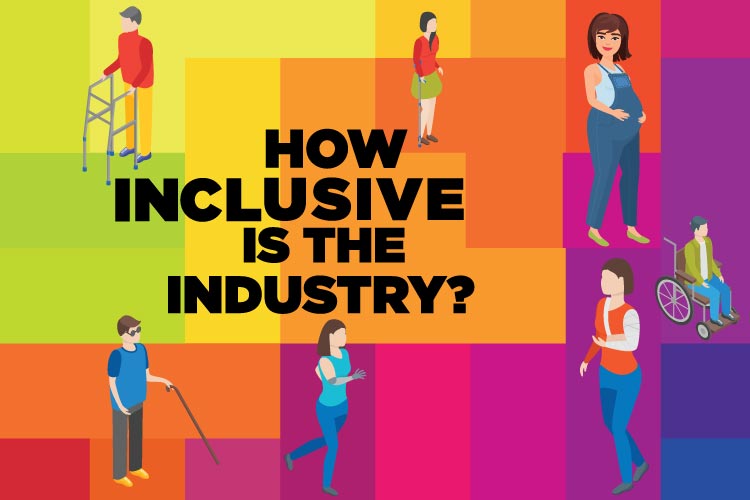September 23, 2021 | | USA
When the needs of a different audience are reflected in journalism, the audience becomes more engaged. A diverse workforce and associated workplaces avoid misinformation and see blind spots in relationships. Leading DCI experts concluded that reflecting diversity in leadership and management positions promotes equity and inclusion so that the blind spots themselves can be reflected and eliminated.
With the global increase in racial segregation and LGBTQIA + rights, European journalists and media are under pressure to improve the representation of foreigners in the news and media. Accepting diversity, equality and inclusion is not the only thing that should happen. It’s also an opportunity to immediately enjoy the newsroom by opening up new audiences, engaging in storytelling, and creating new stories.
What practical steps can journalists and media take to prevent bias? What strategies are available to combat prejudice when covering topics such as immigration and racism, or when presenting minorities and minorities? Can variation and participation make media stronger?
In this topical report on diversity, equality, and inclusion, we will present a new guide with tips and examples on how a media company can approach different diversities. We will consider solutions to reduce the influence of European governments and the media. We and LGBTQIA + journalists will talk about their local media coverage as well as a new hire plan and editorial decisions that can increase their representation. We’ll also look at best practices for overcoming hidden biases that can affect the representation of foreigners and refugees in an editorial.
The program also includes a Confidence Building Forum that Google has formed to inspire participants to overcome cultural norms of humility and empowerment of women and implement their outstanding programs in and around the industry.


